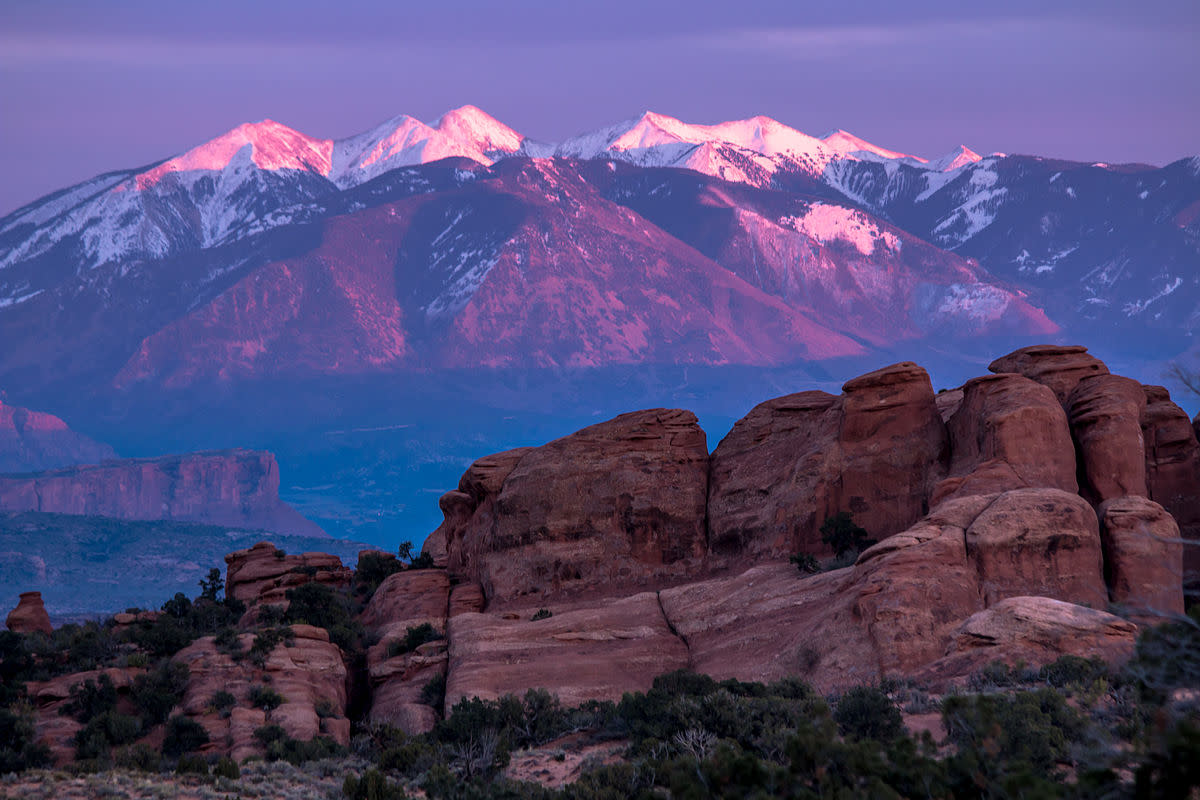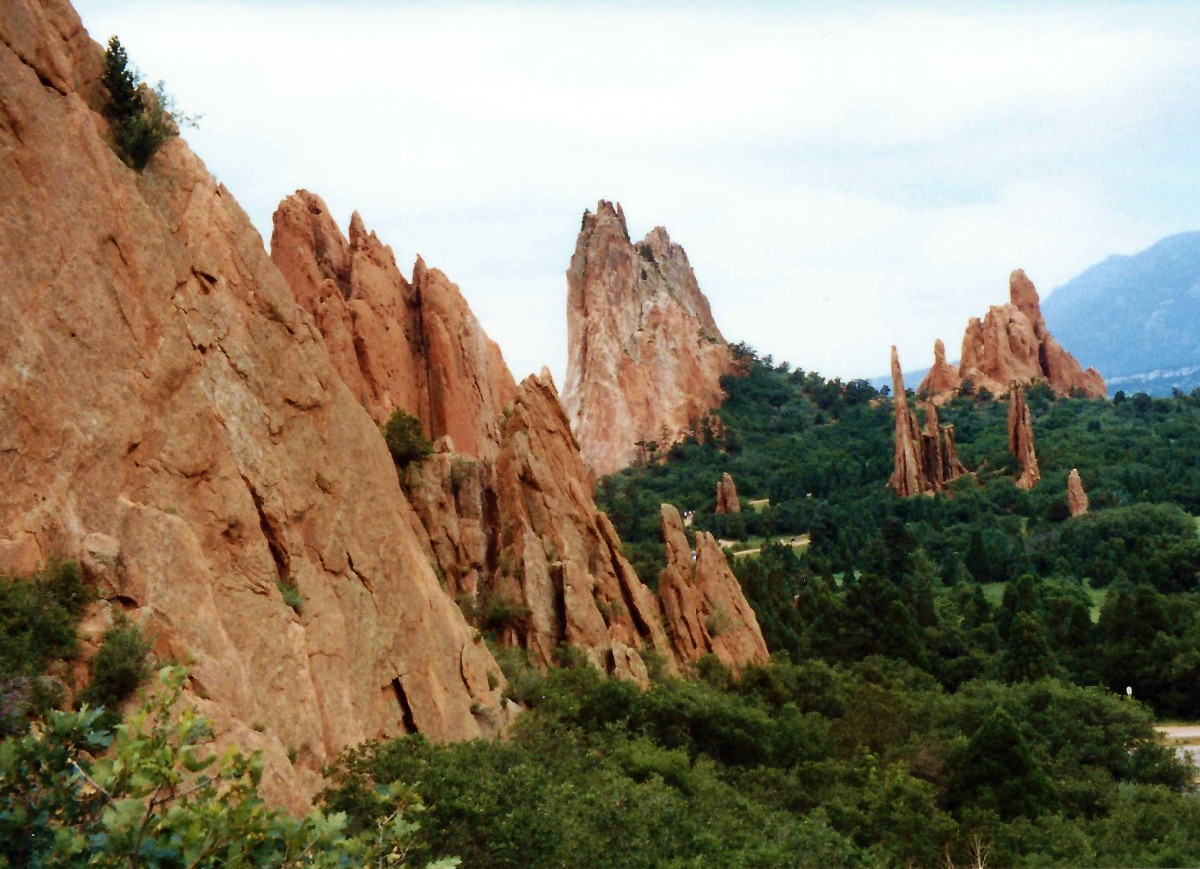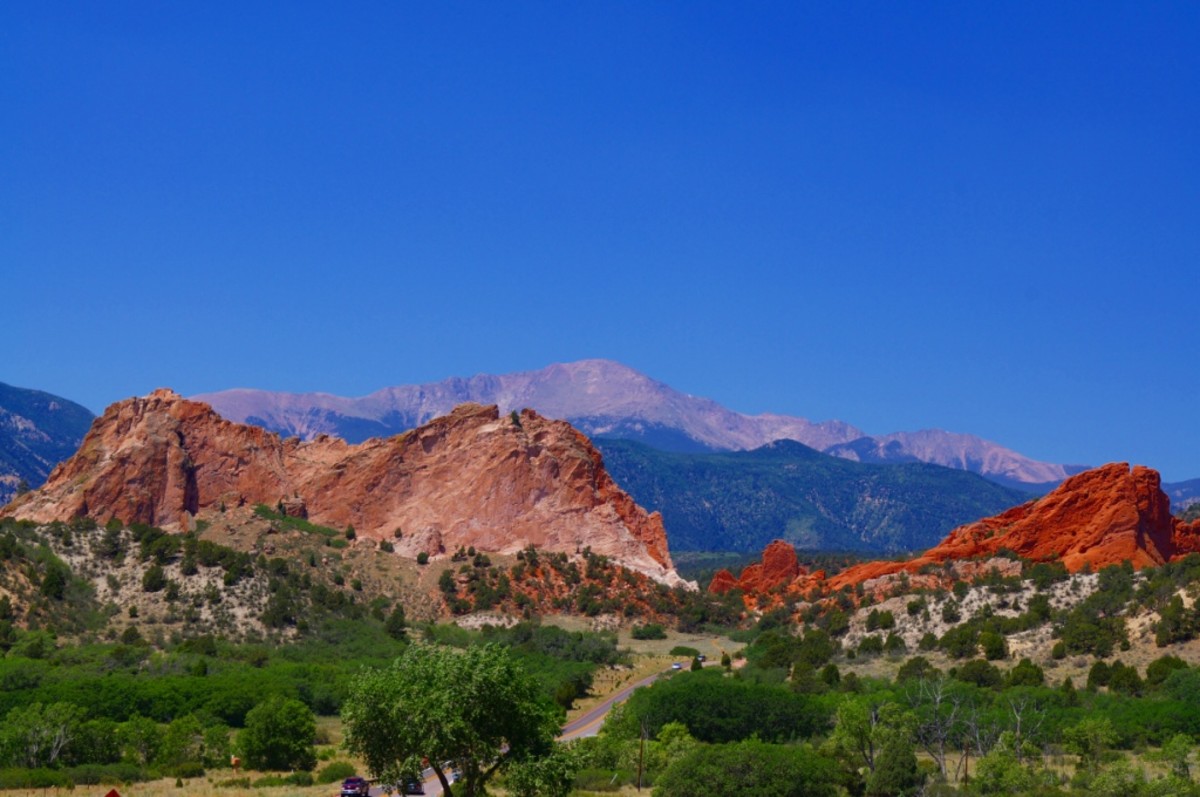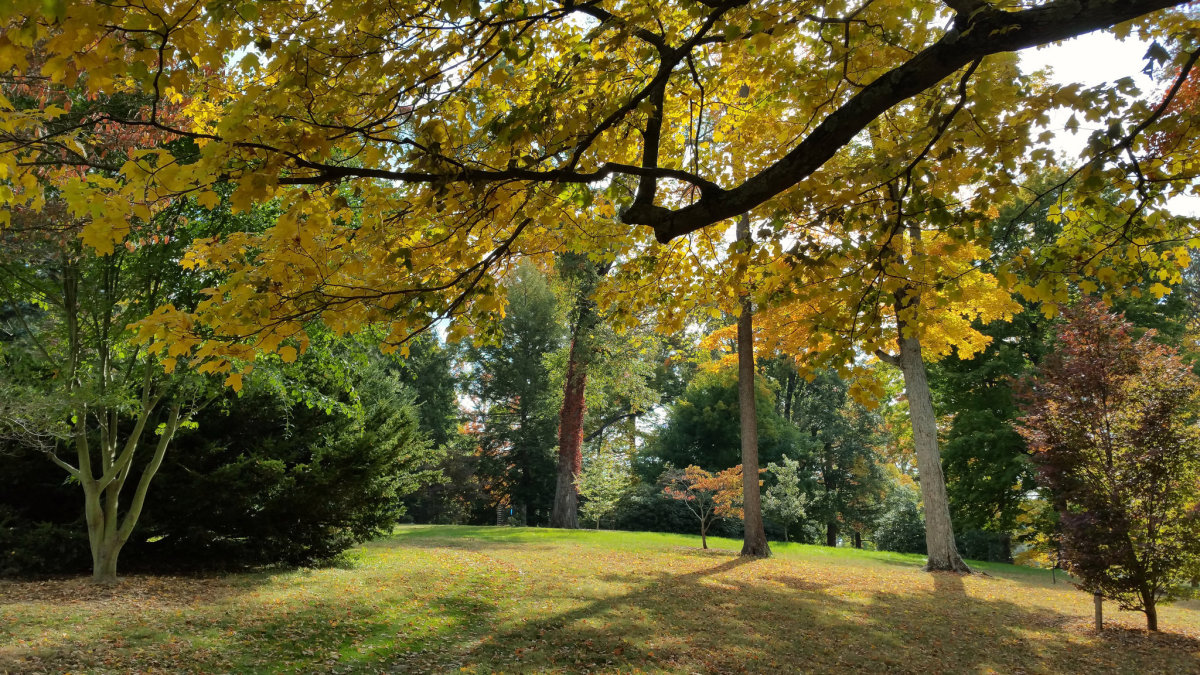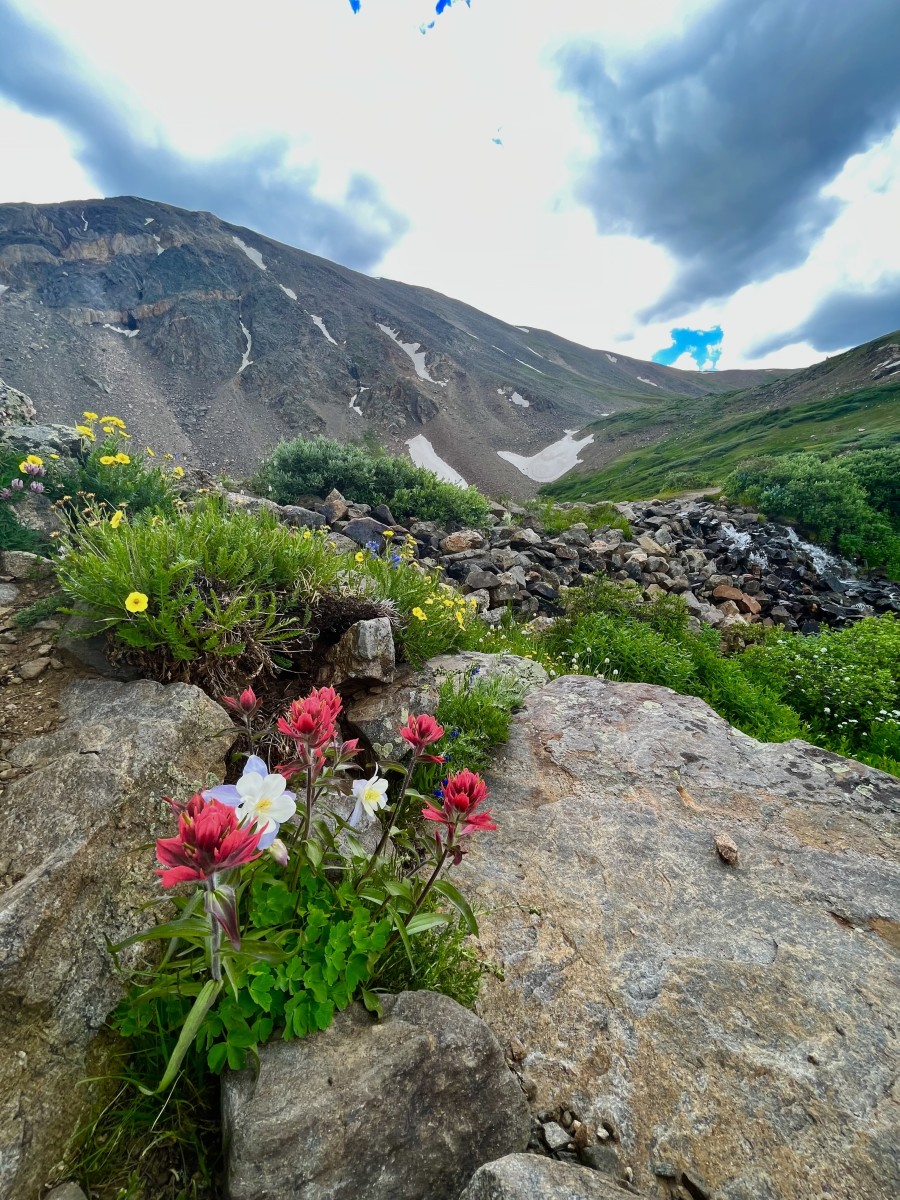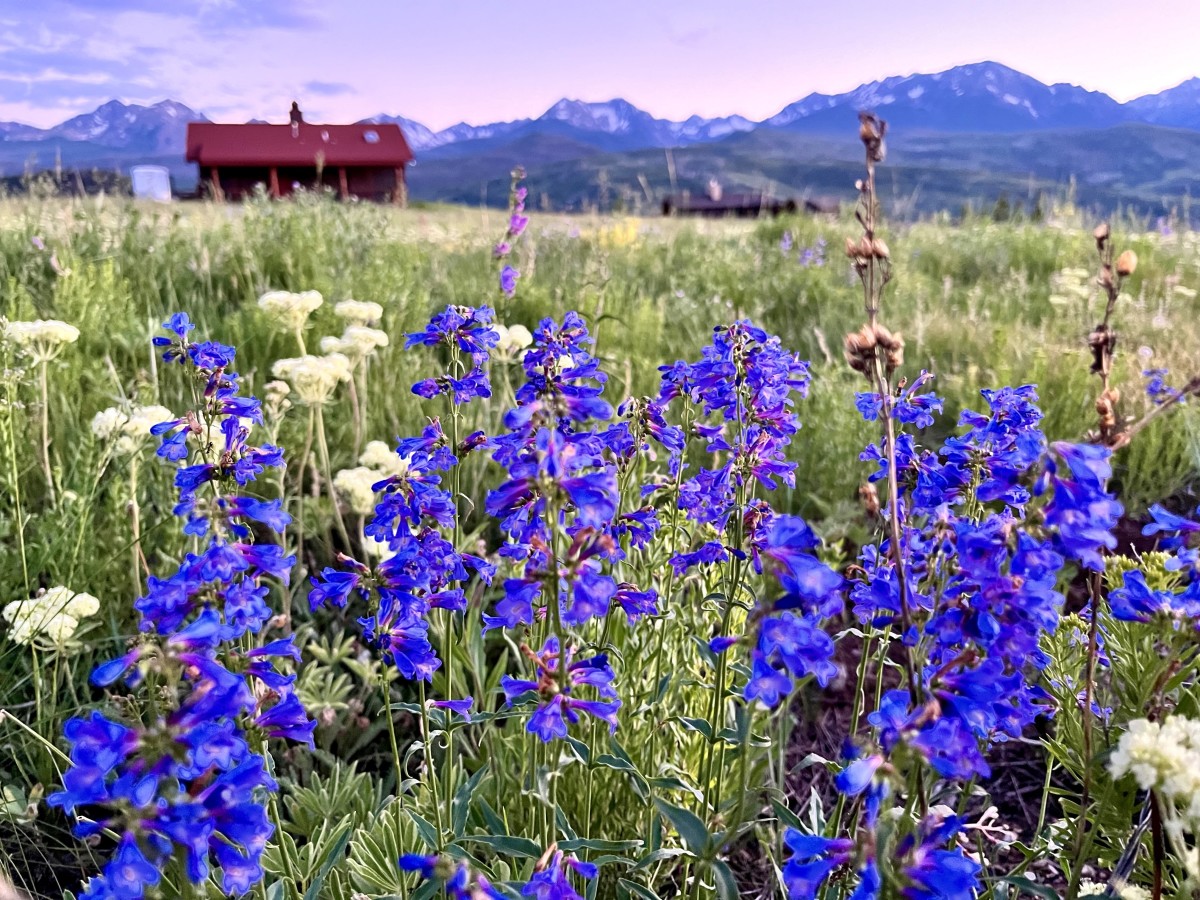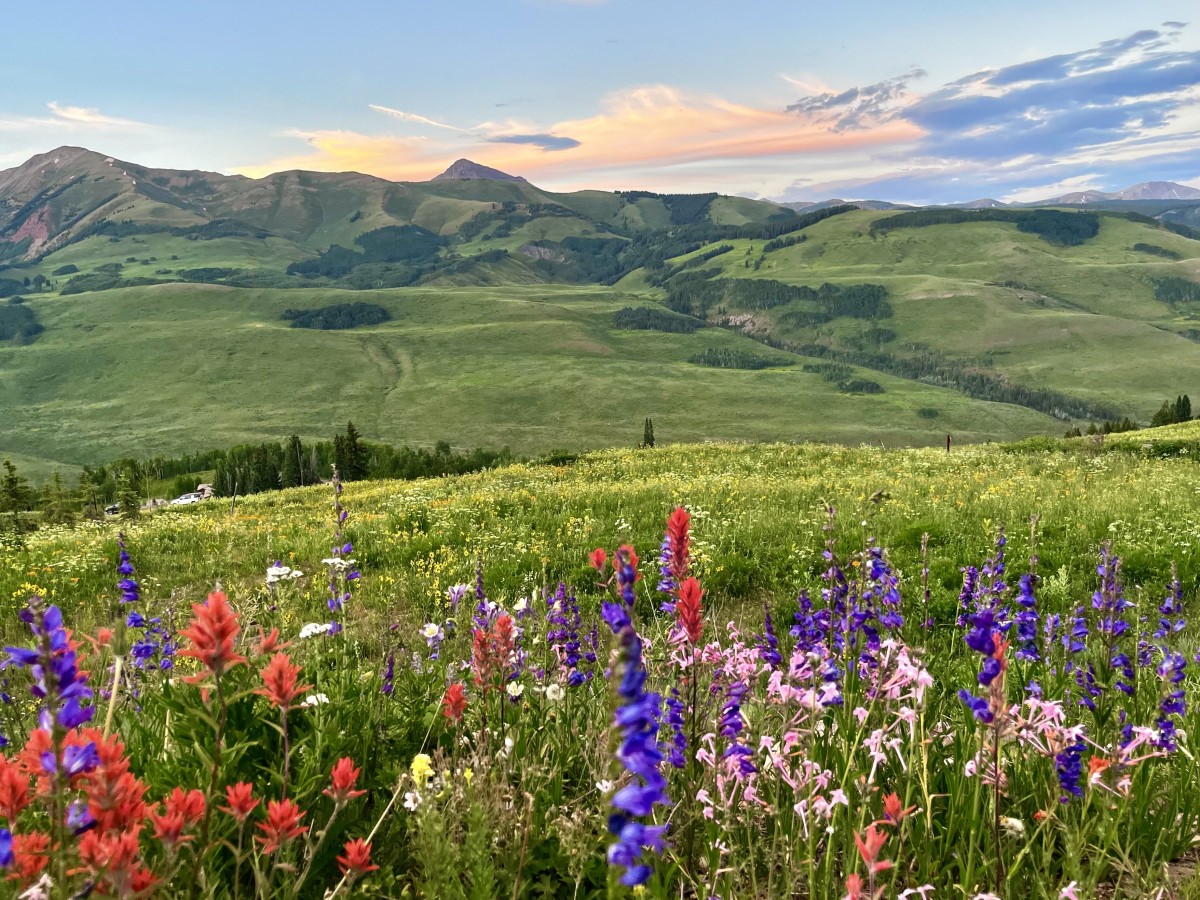- HubPages»
- Travel and Places»
- Visiting North America»
- United States»
- Colorado
Garden of the Gods Nature Park: Vacation Guide to Seeing Colorado Springs for Free
Colorado is one of the most beautiful nature states in the U.S. It offers many outdoor activities and adventures all year long. It's home to scenic national parks, animals and plant life. But one must-see park is called Garden of the Gods, and is located just north west of Colorado Springs.
It is a registered National Natural Landmark and is open to the public all year round for FREE.
For active people, you can see the park with a guided naturalist-led tour, a self-guided nature hike, or follow the paved roads along in your car. There are approximately 5 miles of trails available for mountain biking, hiking or horseback riding.
Rock climbing is also allowed, provided you have the proper equipment and follow the safety rules and guidelines. You must also register with the Visitor and Nature Center.
For the photographer, you can take beautiful scenic photos of Gateway and Balanced Rocks from their respective parking lots. Or, try the Siamese Twins trail for a unique view of Pikes Peak framed by beautiful sandstone formations.
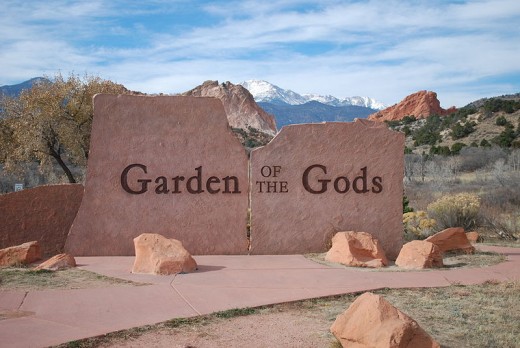
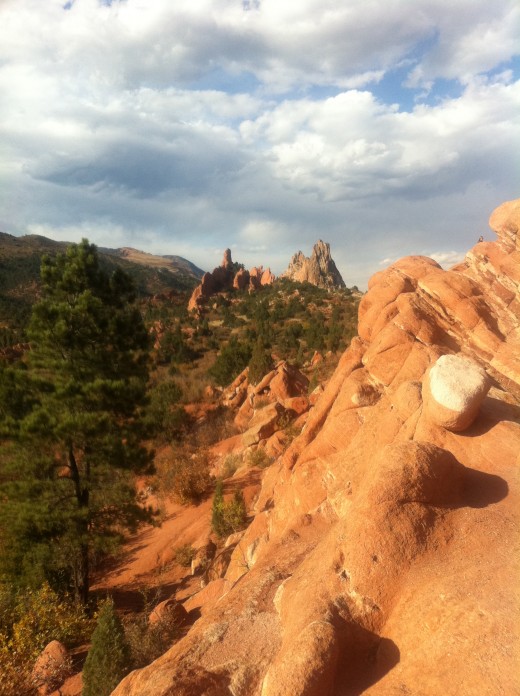
Park History
In the late 1800's a man named Charles Elliot Perkins, the head of the Burlington Railroad, came across this beautiful landscape, with large sandstone monuments, rolling hills and rock formations. After purchasing 240 acres, his first goal was to build a summer home and then a railroad from Colorado Springs to Chicago.
Later in his life he purchased more acreage and decided to leave the land untouched, never building any homes on it. He opened it up to the public for free, but was unable to make it a public park till after his death. In 1909, two years after his passing, Perkins' children conveyed 480 acres to the City of Colorado Springs, and it was then established as a public park.
In respect to Perkins, this park will forever be known as Garden of the Gods, and "remain free to the public where no intoxicating liquors shall be manufactured, sold, or dispensed, where no building or structure shall be erected except those necessary to properly care for, protect, and maintain the area as a public park".
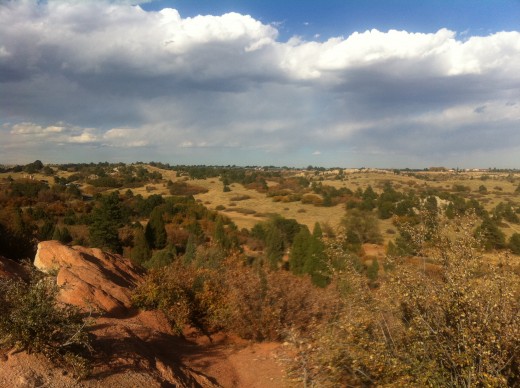
Climate and Life Zones
One of the most interesting aspects of the Garden of the Gods is its characteristic of being an ecotone, or blending place. A number of ecosystems meet at the extreme north or south, east or west, edges of their range, creating a sort of "melting pot" of plant life and animals.
The Garden is made up of two ecosystems, or life zones.
The Plains Zone, or cool desert, extends from 3,500 to 6,000 feet above sea level. It is mostly made up of prairie grasslands, several kinds of cactus, and other plant life that can survive with little water. Smaller prairie animals live here, like rabbits, wood rats and different species of birds.
The Foothills-Transition Zone extends above the Plains Zone or at 6,000 to 8,000 feet. This zone is made up of evergreen juniper trees, and Douglas fir trees, like the ones we use around Christmas. Many different types of animals are found in this zone, like coyotes, mule deer and the gray fox.
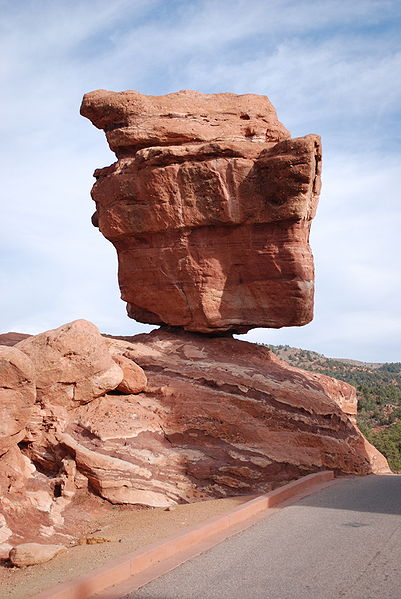
Must See Attractions
During your visit, there is one spot on the trail that's a must see, it's called Balanced Rock. This formation is situated next to the paved road, and can be seen on foot or by car. It's near the unpaved Balanced Rock Trail and is one of the Park's top 20 attractions and photography spots. The positions of the rock can not be scientifically explained, and remains to be one of the great marvels in nature.
Other Top Formation Sites Include
- Cathedral Spires
- Cathedral Valley
- Steamboat Rock
- Three Graces
- The Kissing Camels
- Rock Ledge Ranch Historic Site
- Winding Road
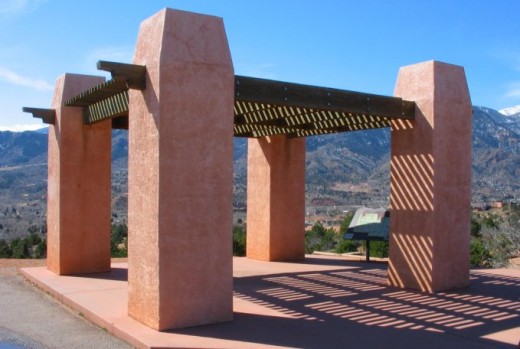
Garden of the Gods is a favorite location for weddings. Although it must remain a small gathering, and everyone must follow the rules of the park, the scenic landscape is breathtaking. It can make a beautiful shared experience with friends and family.
High Point Overlook is a popular place to have a wedding or reception. It will hold a total of 25 people, and the views and scenery are exquisite. Next to one of the pillars is a plaque that explains some of the history of the Park, and the habitat surrounding it. It provides a 360 degree view of the mountains, and valleys, including many rock formations in the distance. It is a favorite photography location for visitors.
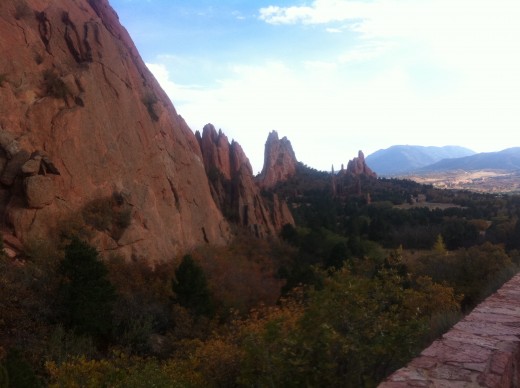
Findings and Archaeology
The landscape in Garden of the Gods has been relatively unchanged, but there is evidence that it has been visited and inhabited by people as early as 3000 years ago.
Ancient hearths, or fire rings, made with stones, have been found and were presumably used by the Ute Indians that regularly visited the land. Animal bones, and stone tools have been found near these charcoal covered stone hearths.
Several ancient pieces of pottery have been unearthed, likely from bowls or large vessels. Upon researching the style of pottery, archaeologists found it dates back to around 575-900 AD, when traveling was widely done on foot. This marked a unique find, since carrying pottery and traveling to the Garden required quite a long journey.
More recently in 2008, the Visitor and Nature Center announced findings of a new species of dinosaur fossil. The species is called Theiophytalia kerri, Theios is of Greek origin, meaning "belonging to the gods" and was therefore named in honor of the Garden. It is proudly on display in an exhibit within the Visitor and Nature center.



